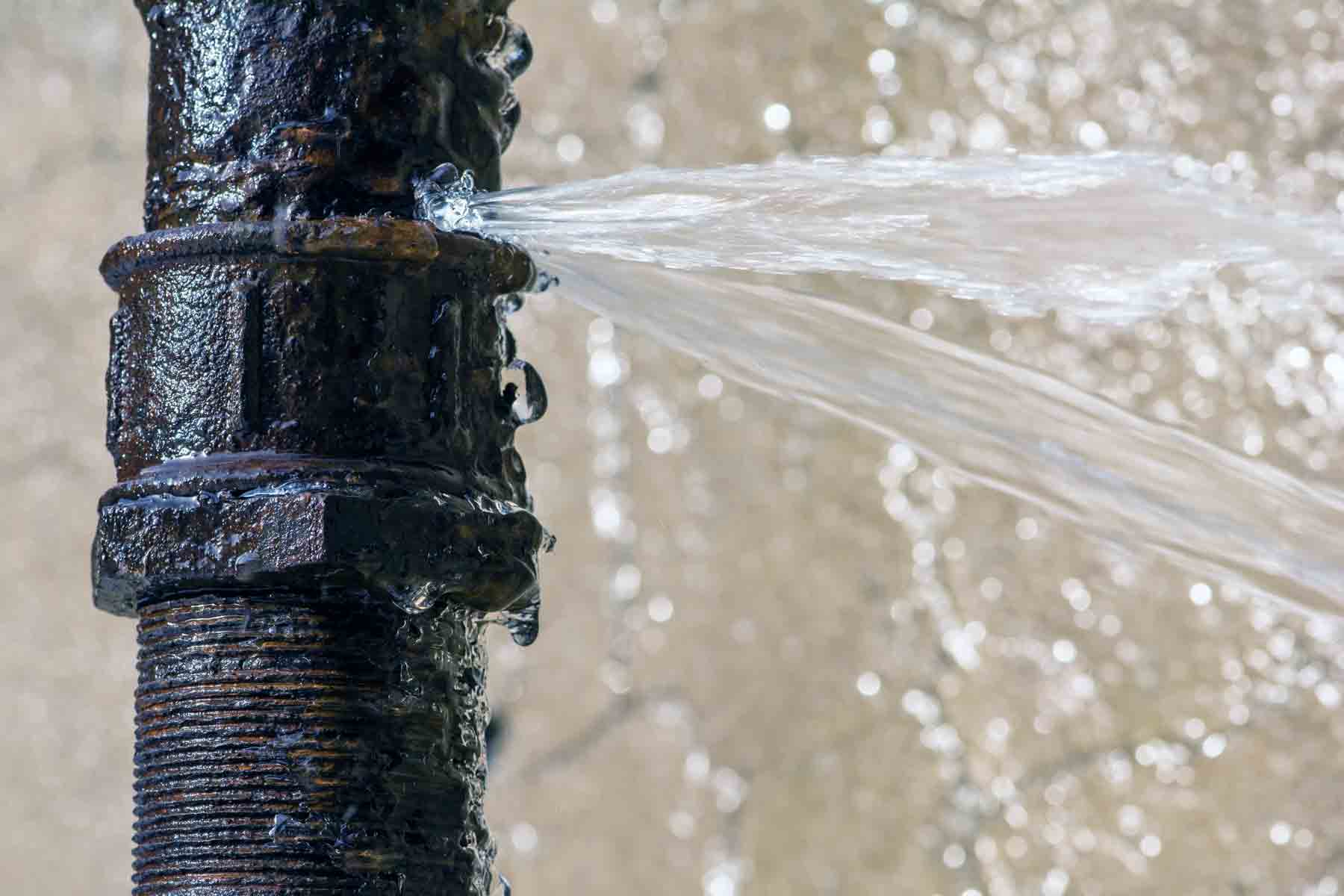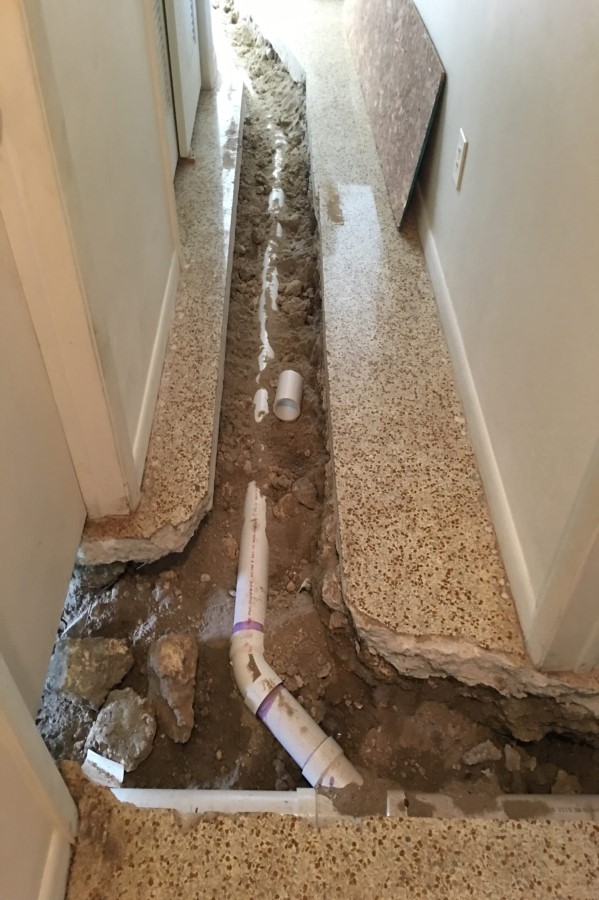Preventing Burst Piping: Necessary Tips to Safeguard Your Pipes
Stopping ruptured pipelines is a vital issue for home owners, specifically throughout colder months when the danger of freezing is heightened. Executing strategic actions such as proper insulation, routine evaluations, and keeping constant indoor temperature levels can dramatically reduce the probability of pipe failure. In addition, comprehending emergency procedures outfits home owners to respond quickly to possible plumbing issues. However, many are not aware of the particular susceptabilities that their pipes may face. Discovering these susceptabilities can provide very useful insights into securing your plumbing system effectively.
Understand Pipeline Vulnerabilities
Understanding pipe susceptabilities is important for efficient plumbing maintenance and avoiding pricey damages. Numerous variables add to the sensitivity of pipelines to bursts, consisting of product structure, age, and ecological problems. Older pipes, especially those made from galvanized steel or polybutylene, often weaken in time, resulting in raised threat of ruptures and leaks.
Temperature level changes can additionally considerably effect pipeline integrity. In cooler climates, water caught in pipes can freeze, expanding and exerting pressure on the pipeline wall surfaces, which might ultimately bring about a ruptured. High water stress can stress pipelines, particularly at joints and bends, increasing the probability of failure.

Insulate Pipeline Properly
Appropriate insulation of pipes is vital for stopping freezing and succeeding bursts throughout winter (burst pipe). Insulating your pipes system successfully safeguards against temperature goes down that can lead to costly damages. Begin by recognizing at risk locations where pipes are exposed to exterior temperatures, such as cellars, attics, and outside wall surfaces
Use foam pipe insulation sleeves or cover insulation tape around these locations to give a protective barrier. Make sure that all areas of the pipelines, especially those with minimal warm exposure, obtain sufficient insulation. Pay special focus to installations and joints, as these are extra at risk to freezing.
When insulating, it's necessary to choose products that satisfy neighborhood building codes and are proper for the specific setting. Fiberglass insulation is commonly advised for its thermal resistance homes. Additionally, think about making use of warm cables or tape in extreme problems, which can be connected in to give extra warm
On a regular basis evaluate insulated pipes for any kind of signs of wear or damage, as endangered insulation can decrease its effectiveness. By taking these proactive measures, you dramatically reduce the risk of pipeline ruptureds, guaranteeing a reliable plumbing system throughout the cold weather.
Maintain Constant Temperature Level
A secure interior temperature level is necessary for stopping ruptured pipes during the cold months. When temperatures drop, water within pipes can ice up, broadening and producing stress that might eventually cause the pipelines to burst. To alleviate this threat, property owners must keep a regular temperature throughout their home, preferably no less than 55 ° F(13 ° C)Utilizing a programmable thermostat can help handle indoor temperatures properly, guaranteeing that rooms with plumbing continue to be cozy also when your house is unoccupied. Pay special attention to locations that are more prone to cold, such as cellars, garages, and attic rooms. Maintaining closet doors open under sinks can additionally allow warmer air from the home to flow around pipes.
This minor flow of water can stop freezing by easing pressure within the pipelines. By implementing these approaches, home owners can substantially reduce the threat of pipeline bursts and guard their pipes systems against the rough winter season aspects.
On A Regular Basis Evaluate Pipes
Routine assessments of plumbing systems are vital for preventing ruptured pipes and maintaining general home integrity. Throughout these inspections, it is important to take a look at noticeable pipelines for indicators of deterioration, leaks, or use.
In addition, evaluating connections and joints is crucial, as these factors are commonly at risk to leaks. Property owners must also evaluate water pressure degrees, as excessive stress can strain the pipes system and boost the danger of pipe bursts.
Take into consideration organizing professional pipes evaluations at least as soon as a year, specifically before winter season, to guarantee your system is prepared for chillier temperature levels. By being positive in your approach, you can secure your home versus the costly and turbulent effects of ruptured pipelines.
Know Emergency Situation Procedures
Recognizing emergency treatments is vital for every single home owner, specifically after performing regular plumbing inspections. Being prepared for a plumbing emergency can substantially minimize damages and conserve expenses. Initially, situate your major water shut-off shutoff; it is usually located near the water meter or where the main line enters your home. Acquaint yourself with its operation, as shutting down the water swiftly can avoid extensive flooding.
Next, maintain essential tools useful. A pipes Click This Link emergency situation set need to consist of a wrench, plunger, and towels, as well as a flashlight and a pail for tiny leakages. In addition, think about having the call info for a trusted plumber conveniently offered, ought to the scenario rise past your control.
If you detect a leakage or burst pipeline, right away turn off the water system and alert your plumbing. Furthermore, record the damage with photos for insurance objectives. burst pipe. Recognize the signs of prospective pipes concerns, such as uncommon water pressure variations or damp areas on wall surfaces
Ultimately, positive knowledge and speedy action are vital right here in taking care of plumbing emergencies, ensuring your home continues to be protected and minimizing possible damages.

Final Thought
In conclusion, avoiding burst pipes demands a visit this site multifaceted method that includes understanding pipe susceptabilities, proper insulation, keeping consistent indoor temperature levels, regular inspections, and knowledge of emergency situation procedures. By carrying out these crucial approaches, the risk of plumbing failures can be substantially decreased, thus making certain the durability and performance of the plumbing system. Proactive procedures not only protect versus possible damage yet also add to general water preservation and the protection of property.
In colder climates, water caught in pipelines can freeze, increasing and exerting pressure on the pipeline wall surfaces, which may eventually lead to a burst. When temperature levels decrease, water within pipelines can ice up, developing and broadening pressure that might ultimately create the pipelines to burst. By carrying out these methods, home owners can substantially reduce the risk of pipe ruptureds and safeguard their plumbing systems against the harsh winter season elements.
